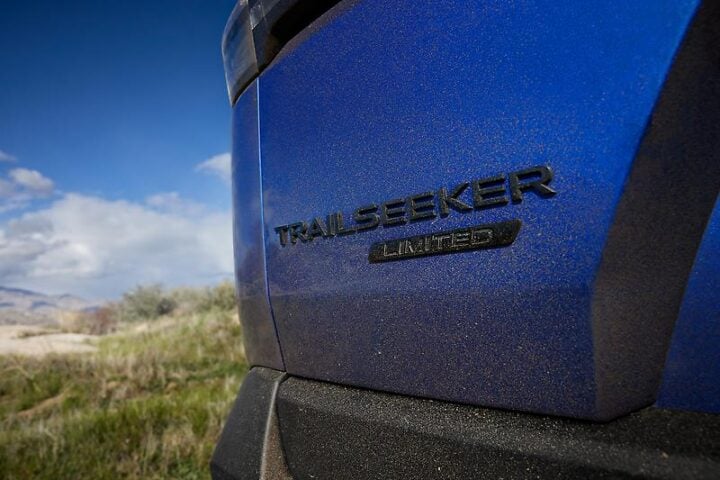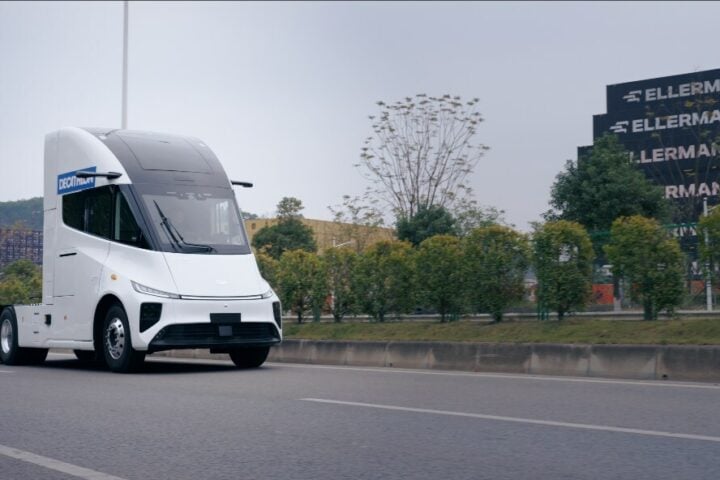In the vast expanse of the North Wales sky, a distinctive silhouette has been a regular sight for the past 30 years. The Airbus Beluga, with its unmistakable whale-like appearance, has been a symbol of aviation marvel and engineering prowess. As it celebrated its 30th anniversary, the skies over Flintshire echoed with its legacy and the promise of a future filled with innovation and challenges.
The Airbus Broughton factory in Flintshire has been the birthplace of many Airbus wings, and the Beluga’s primary mission has been to transport these wings to various Airbus facilities. This unique task requires a specialized aircraft, and the Beluga, both in its ST and XL variants, has been up to the task. However, the journey hasn’t been without its challenges.
The BelugaST, which first graced the skies in 1994, was a marvel for its time. With a payload capacity of 40 tonnes and a range of 2,770 kilometers, it set the standard for oversized cargo transport. But as the demands of the aviation industry grew, so did the need for a more capable aircraft. Enter the BelugaXL in 2020. Based on the Airbus A330-200, it was designed to transport both wings of the Airbus A350 simultaneously, a feat its predecessor couldn’t achieve. With a whopping payload of 51 tonnes and a range of 4,000 kilometers, the BelugaXL is a testament to Airbus’s commitment to pushing boundaries.
https://x.com/Airbus/status/1699420675348328916?s=20
However, the evolution of the Beluga isn’t just about size and capacity. It’s a story of adapting to the changing dynamics of the aviation industry. With only seven Belugas actively flying, including the older-generation A300-600STs and the newer A330-600STs, Airbus has had to be strategic in its operations. The recent launch of Airbus Beluga Transport in 2022 is a testament to this adaptability. Aimed at offering outsized cargo shipping services to external customers, it signifies Airbus’s foray into a niche but potentially lucrative market.
Yet, challenges abound. Without its own Air Operator’s Certificate (AOC), all Beluga missions are currently operated by Airbus Transport International (ATI). This reliance on ATI for load certification, flight crews, and ground personnel might be seen as a bottleneck, but it also underscores the importance of specialization in the aviation industry. The imminent acquisition of an AOC by Airbus Beluga Transport, as reported by aeroTELEGRAPH, will be a game-changer, allowing it to commence independent commercial cargo operations.
Similar Posts
The Beluga’s journey has also been about embracing opportunities. From transporting the Delacroix painting from Paris to Tokyo to playing a pivotal role in transporting Covid supplies and humanitarian aid, the Beluga has proven its versatility. Its potential role in the aerospace industry, transporting helicopters and satellites, further underscores its importance in an interconnected global ecosystem.
Yet, as we celebrate the past and present of the Beluga, questions about its future remain. With the older BelugaSTs reaching their midlife and the newer BelugaXLs designed for specific needs, what does the next iteration of this iconic aircraft look like? As Philippe Sabo, Head of Airbus Transport International, pointed out, the BelugaSTs have many flight cycles left. But in an industry driven by innovation, resting on laurels isn’t an option.
The recent event at the Storyhouse in Chester, attended by over 600 aviation enthusiasts, was not just a celebration but also a reflection. Insights from Airbus stalwarts like Jean-Pierre Cousserans and Paul Kilmister provided a glimpse into the Beluga’s journey, from its design to its operations. The event, which raised over £9,000 for the Trussell Trust charity, was a reminder of the Beluga’s impact, both in the skies and on the ground.
In conclusion, as the Airbus Beluga soars over North Wales, it carries with it a legacy of three decades and the promise of many more to come. Its journey is a testament to human ingenuity, adaptability, and the relentless pursuit of excellence.

















